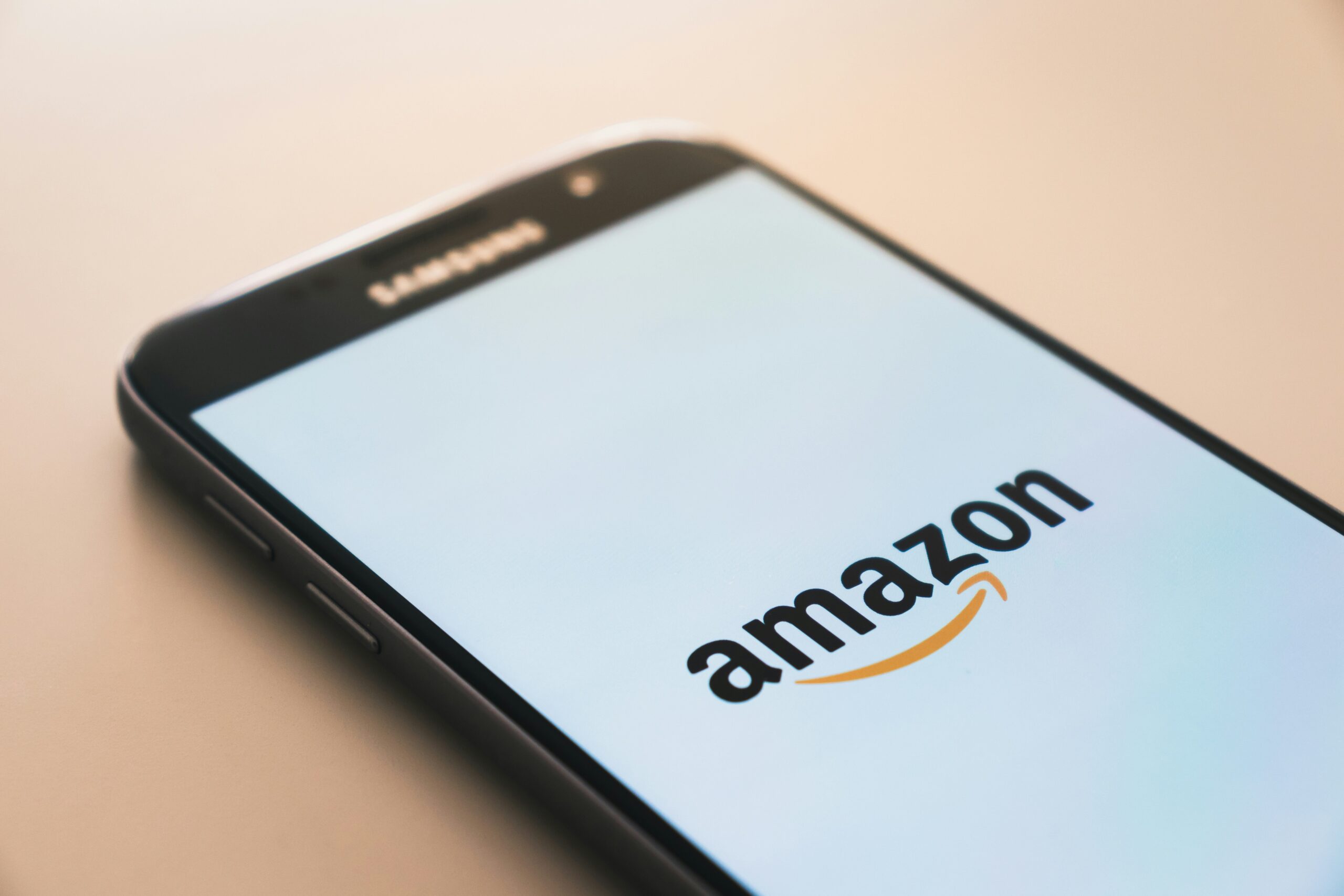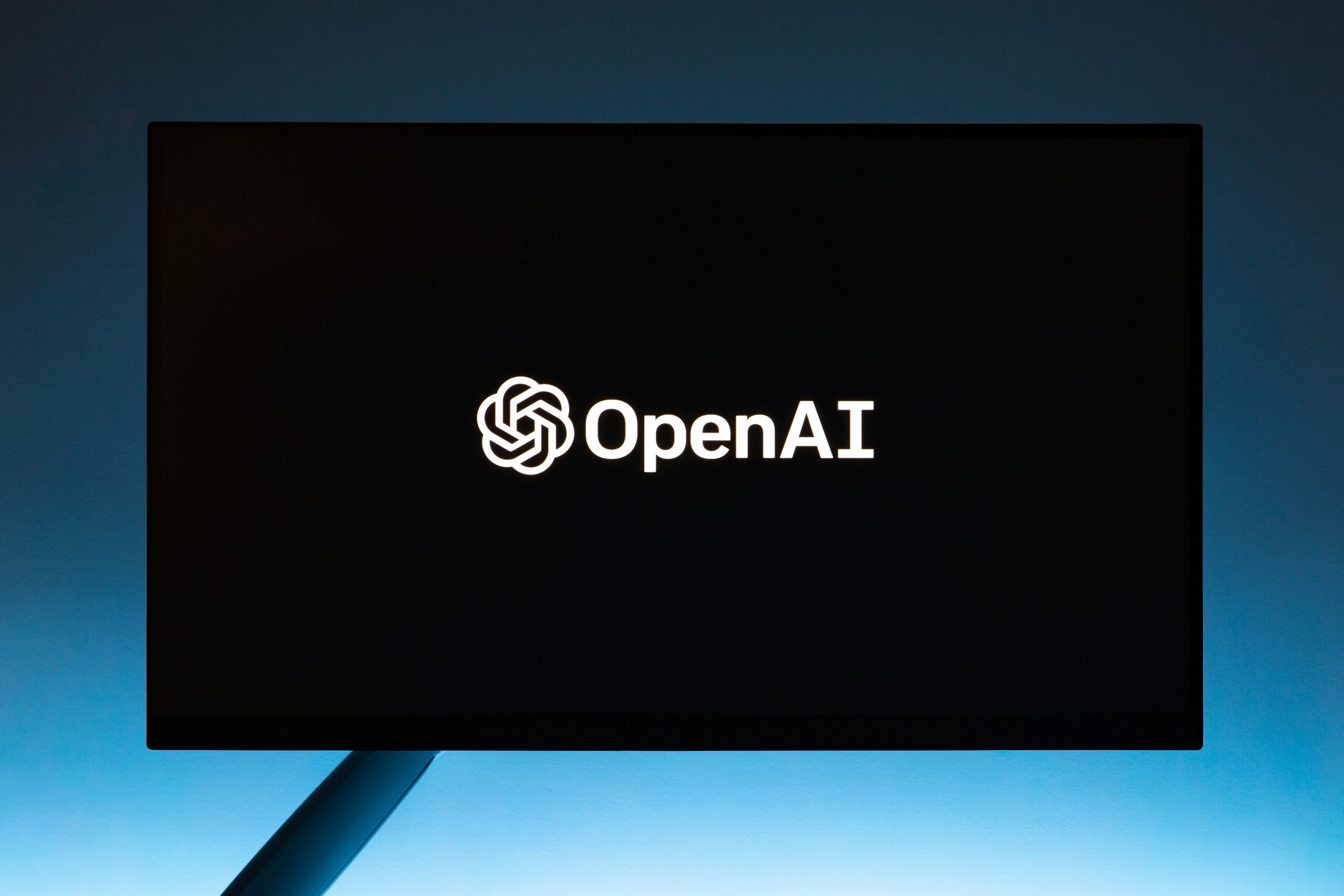Social media is cute. Press releases are polished. But nothing beats a direct line between you and the people who actually use (or ignore) your product.
Direct customer communication is the not-so-secret sauce behind repeat business, better product decisions, and brand love that lasts longer than a retweet.
It’s how you go from “a brand I saw on Instagram” to “I love these people, and I tell everyone I know.”
Here’s how to build it, scale it, and not fumble it.
Let’s Start with the Obvious: You Can’t Grow What You Can’t Hear
Imagine trying to build a house without ever speaking to the people who’ll live in it. Sounds ridiculous, right?
That’s exactly what a lot of brands do. They build in a vacuum guessing what customers want based on vanity metrics and TikTok trends.
But when you open up a direct line of communication through email, DMs, feedback forms, in-app chats, surveys, or even WhatsApp, you move from assumption to actual insight.
And insight leads to alignment. And alignment leads to… well, conversions.

Why Direct = Better
Here’s why direct customer communication is the real cheat code:
- Unfiltered feedback: Not everything needs to go through a focus group.
- Faster iteration: You hear, you adjust, you improve.
- Emotional connection: People remember when you listen.
- Reduced churn: Customers don’t ghost brands that talk back.
Story goldmine: Real customer stories = endless content fuel.
Top Channels for Direct Customer Communication (and How to Use Them Right)
- Email (The MVP of Direct Channels)
Still undefeated. If you’re not sending valuable, personal, or timely emails, you’re wasting the best tool in the game.
What works:
- Founder-led updates (think: “Here’s what we’re building and why”)
- Segmented check-ins (e.g. “You bought X, how’s it going?”)
- Feedback loops (“We’re testing something new, can we get your thoughts?”)
Pro tip: Ask one question at the end of every email. Watch replies roll in.
2. Social Media DMs
It’s not just for complaints. When managed properly, DMs are where loyalty begins.
- Respond like a human (emojis encouraged)
- Save time by creating canned responses, but always personalize the first line
- Celebrate when customers tag you, even if it’s just a meme
Don’t automate what should feel personal.
3. Community Platforms (Slack, Discord, Telegram, WhatsApp)
These aren’t just places to broadcast updates, they’re spaces for real-time brand culture.
Use them to:
- Test ideas with your biggest fans
- Source feedback before launches
- Spark organic conversations between users
- Reward your most active members
If you build it with intention, your customers will build it with love.
4. Surveys (The Smart Kind)
Surveys are great, when they don’t feel like homework.
Keep them short. Specific. Rewarded (if possible).
Better yet? Send them after an experience, not randomly at 10:03 AM on a Tuesday.
Examples that work:
- “You’ve been with us 30 days, how’s it going?”
- “What almost stopped you from buying?”
- “What would make you stay forever?”
The right question at the right time can change your entire roadmap.

Make It a Conversation, Not a Campaign
Here’s the biggest mistake brands make: they talk at customers, not with them.
- A newsletter isn’t a monologue, it’s a relationship.
- A DM isn’t just a support ticket, it’s a micro-moment.
- A follow-up email isn’t just a sequence, it’s a sign you care.
The brands that win are the ones that make people feel seen, not targeted.
3 Brands Doing It Right
Glossier
From day one, Glossier’s product dev was driven by customer comments. The result? Cult-favorite products and a community that feels heard.
PiggyVest
Not only do they respond to DMs quickly, but their tone is human, smart, and culturally aware. It’s hard not to trust a brand that sounds like your friend.
Notion
Their ambassador program isn’t just influencer seeding. It’s creator co-creation. They communicate constantly, and it shows in how their fans advocate for them—hard.
What Not to Do
- Don’t fake the “Hey [FirstName]!” vibe
- Don’t ask for feedback you won’t use
- Don’t over-automate. (If it sounds like a robot, it’s a problem.)
- Don’t send the same generic message to 50K people
- Trust is fragile. Don’t break it with lazy communication.
So… What Does All This Lead To?
- Better retention
- Higher LTV
- More word-of-mouth
- Smarter content
- And a brand that people don’t just use—but believe in
Every DM you answer, every tweet you respond to, every email that actually sounds human, it’s not just “customer support.”
It’s brand equity.
In 2025, connection is currency.
And if your brand isn’t talking directly to its people, you’re building in the dark.
So start small. Send that email. Ask that question. Slide into that DM (professionally, please).
Because the best growth doesn’t come from louder ads. It comes from better conversations.







